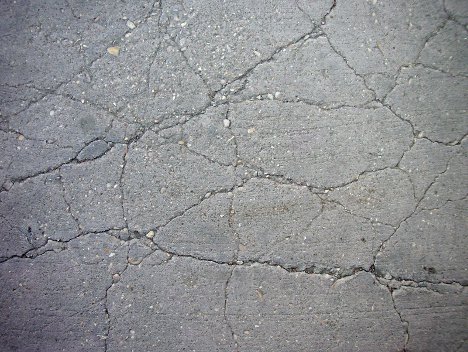 To unambiguously determine the condition of the concrete surface, the degrees of surface damage are formulated from 1 do 5.
To unambiguously determine the condition of the concrete surface, the degrees of surface damage are formulated from 1 do 5.
Degree 1. The concrete does not show any defects or damage, but should be protected against reduction in alkaline pH. The pores and cavities of the crayfish should be closed. The color of the concrete is correct.
Degree 2. Concrete shows signs of slight defects and damage. For example, locally, the reinforcement distribution is slightly noticeable. There are visible hairline scratches in the mesh system. Reinforcement cover is too small, but the reinforcement is still in the alkaline layer.
Degree 3. Concrete shows advanced damage, e.g. single splinters from corrosive reinforcement bars. The concrete surface is slightly weathered, and sand falls off the outer layer. Hairline scratches show up, forming a grid. The cover of the reinforcing bars is smaller than required. The rebars are not damaged and are still in the zone of the alkaline concrete.
Degree 4. Concrete shows severe damage. Its intense fall off and large losses with corrosive reinforcement bars are visible. Much of the surface is weathered, falling off. A dense network of hairline cracks is visible. Concrete cover is too small. Reinforcement bars are not damaged and are located in the alkaline zone.
Degree 5. Concrete is very damaged. Strong chipping and deep cavities are visible on the entire surface of the element. There is also visible highly corroded reinforcement. The concrete surface is weathered and crumbles. There is a dense grid of Fig. Reinforcement cover is too small.